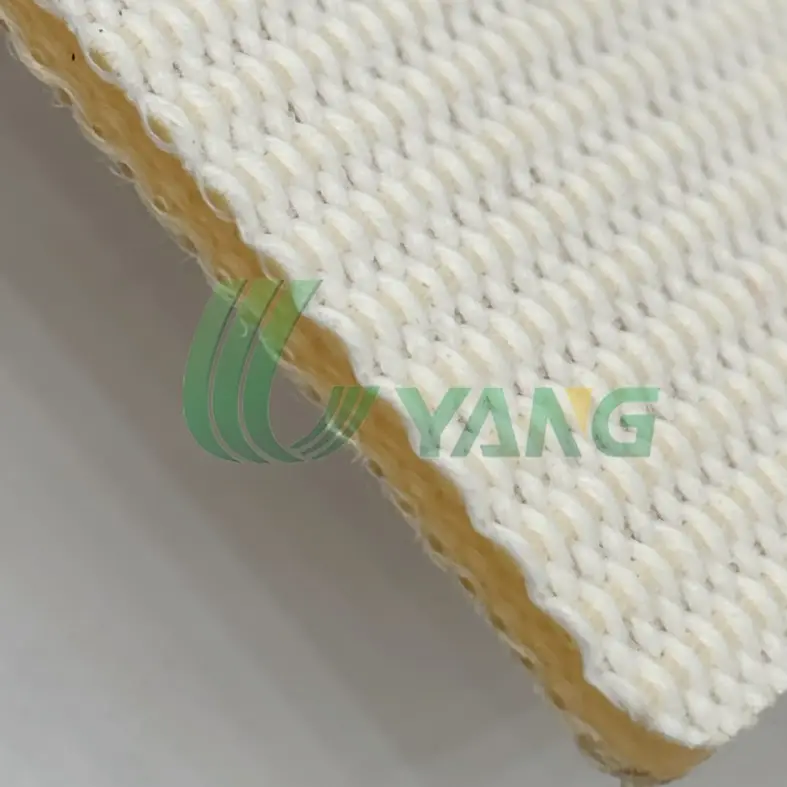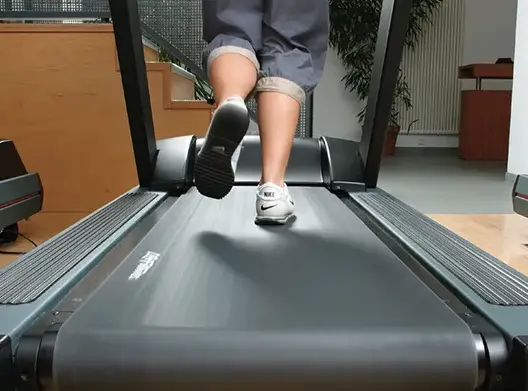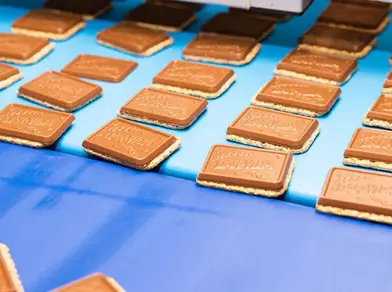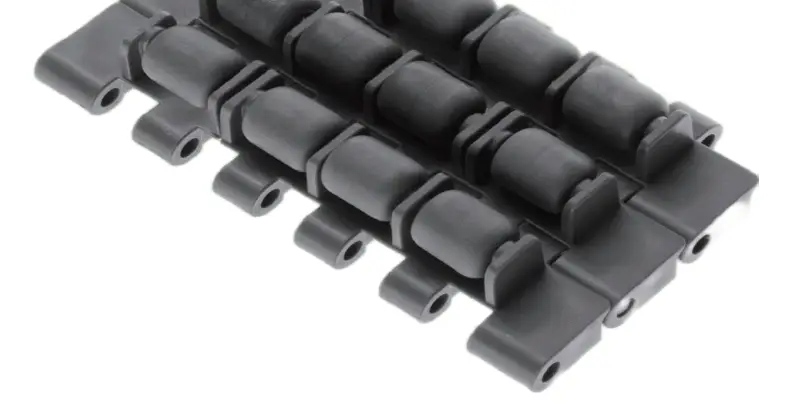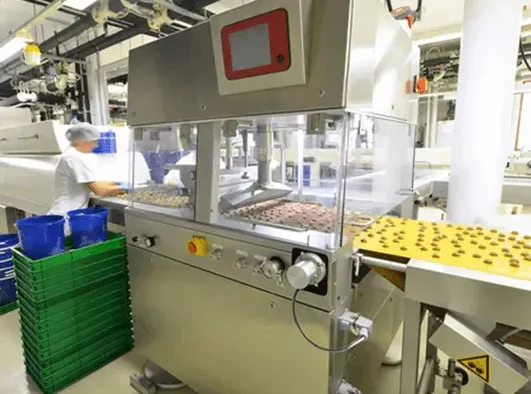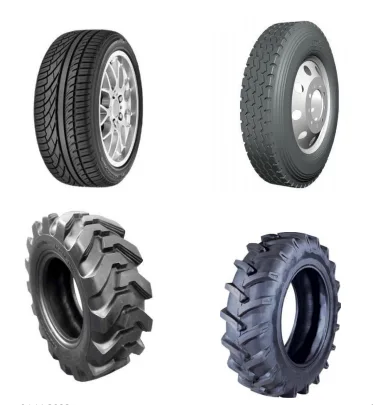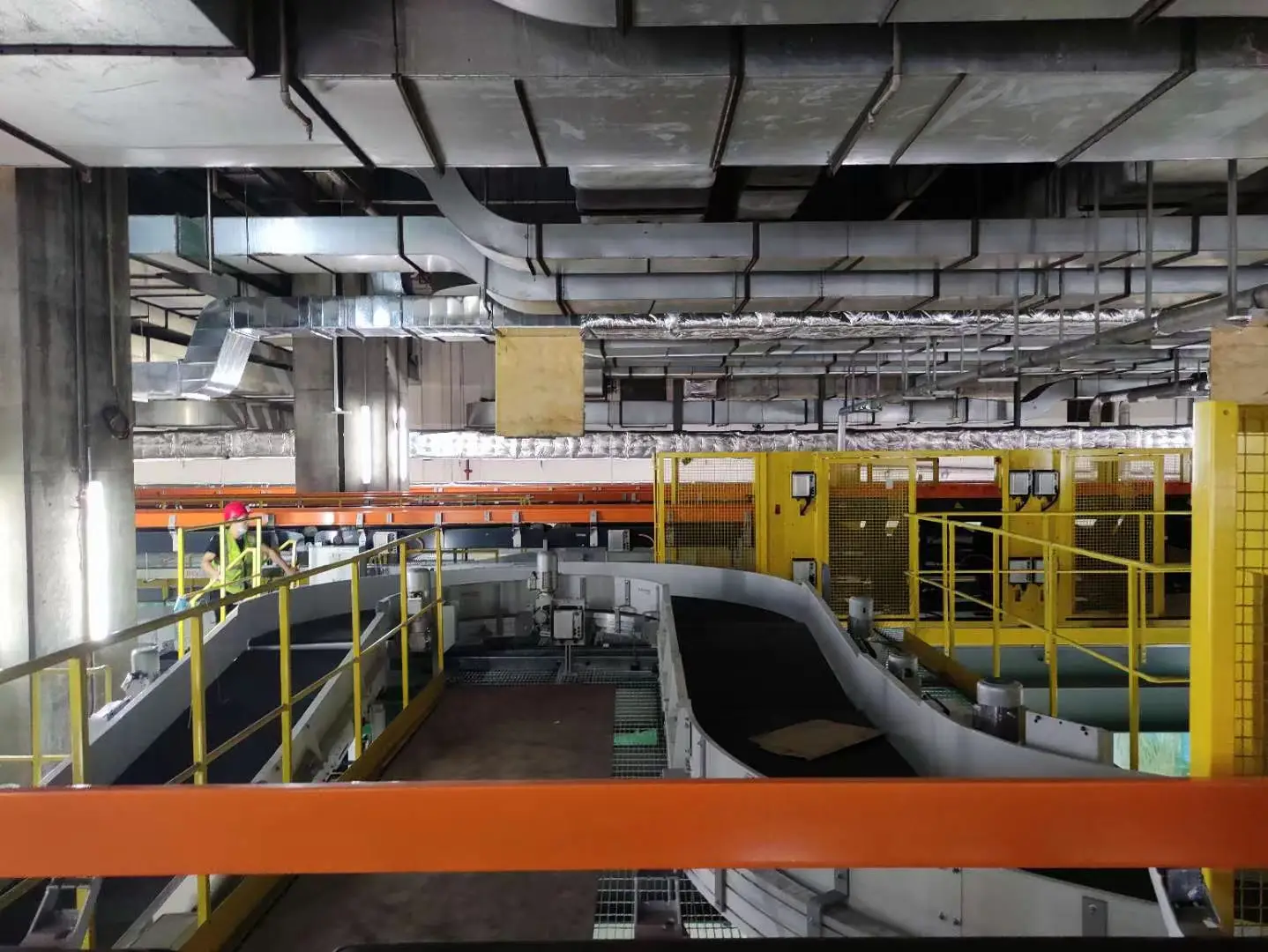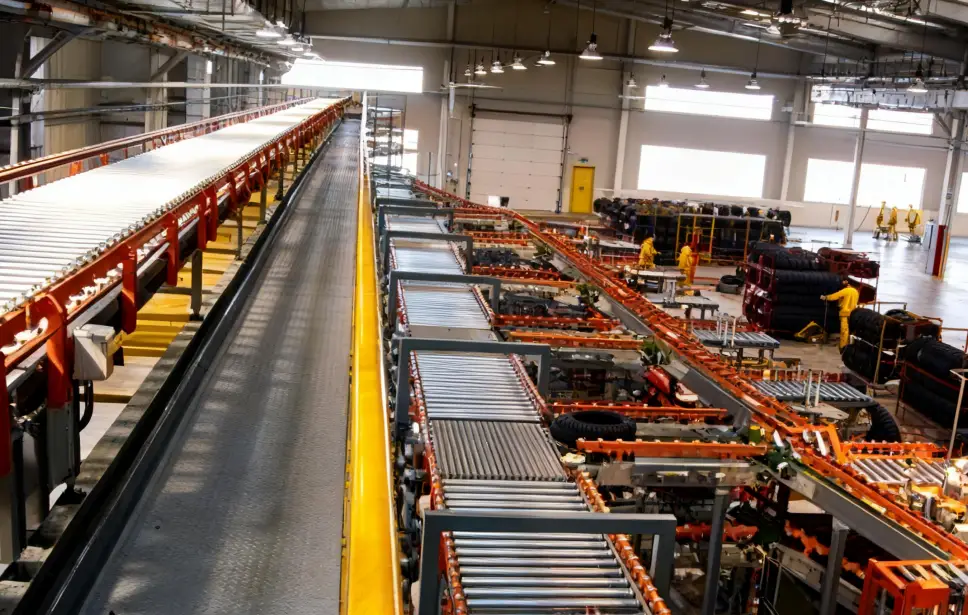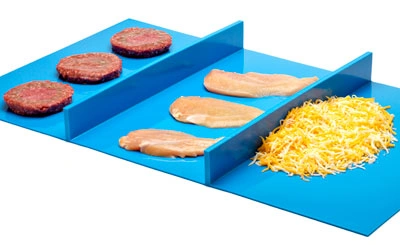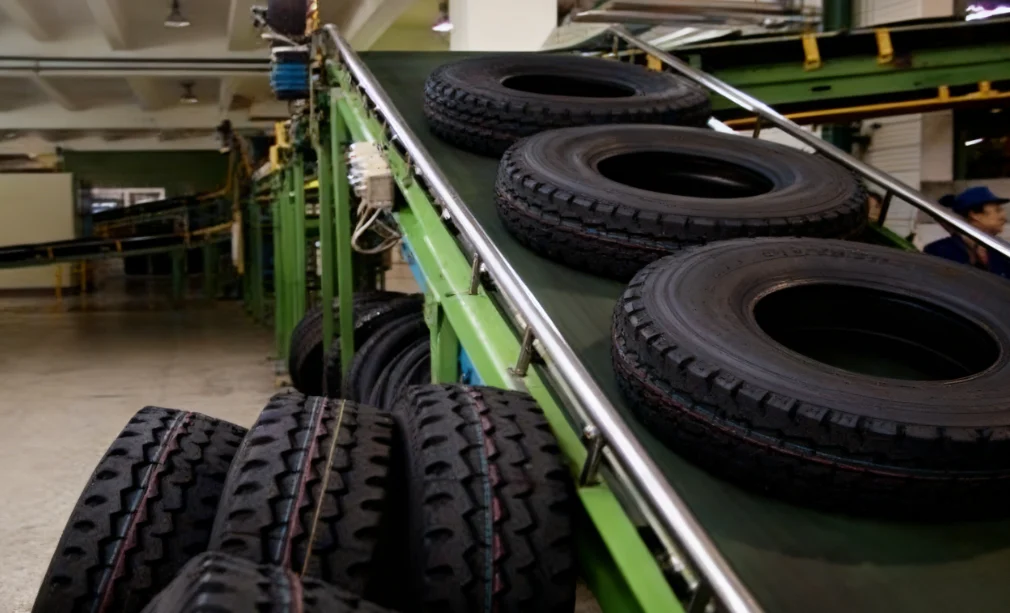Walk into any modern factory today, and chances are you’ll see conveyor belts quietly doing their job. They don’t make noise, they don’t demand attention, but they keep the entire feeding process moving smoothly. Whether it’s a food plant portioning dough, a warehouse sorting packages, or a woodworking line pushing panels toward cutting machines, automated feeding depends heavily on reliable conveyor belts. Without them, machines would starve of material and workers would be forced to step in, slowing everything down.
This article looks at why conveyor belts matter in automated feeding, what benefits PVC belts bring, and how specific solutions from UYANG BELTING—like their Green Smooth PVC Conveyor Belt and Green Matte PVC Conveyor Belt—fit right into these demanding processes.

Why Are Conveyor Belts Critical in Automated Feeding Systems
Consistent Material Flow
The first thing conveyor belts offer is consistency. Machines need a steady rhythm of raw materials. A sudden gap or pile-up can throw off the entire line. A belt provides exactly that steady pace—think of it like a heartbeat for the system. For example, in animal feed production, pellets must arrive at blending units in a uniform stream; otherwise, the final mix becomes uneven.
Reduced Human Intervention
Manual feeding might sound fine for a small workshop, but in large-scale facilities it’s impractical. Workers tire, misplace materials, or simply can’t keep up with high-speed machines. Conveyor belts step in to reduce human effort, cut repetitive strain injuries, and make the process more predictable.
Higher Throughput and Reliability
The real magic comes when throughput increases. A belt can move tons of material per hour without slowing down, and unlike a human, it doesn’t ask for lunch breaks. In packaging factories, this is the difference between meeting a client deadline or not. It’s not glamorous work, but it’s the backbone of efficiency.
How Do Conveyor Belts Improve Process Accuracy
Stable Positioning of Materials
A stable belt surface keeps products in place. If bottles are fed onto a labeling machine and they wobble, labels end up crooked. That costs time and money. A belt designed for grip and smoothness, like UYANG’s Green Smooth PVC, prevents that small but expensive problem.
Minimized Feeding Errors
Imagine wood planks being cut. If one slips sideways while feeding into a saw, the piece is ruined. Conveyor belts reduce such slip-ups, guiding material forward in a straight, predictable manner. This is one of those details plant managers often appreciate only after a mistake ruins an entire batch.
Precise Synchronization with Machinery
Modern feeding systems often use sensors and software to sync machines. A belt that moves predictably—without jerky motions—makes synchronization far easier. The smoother the motion, the fewer adjustments the system has to make.
What Advantages Do PVC Conveyor Belts Offer in Automated Feeding
Lightweight Yet Durable Construction
PVC belts are lighter than rubber belts, which makes installation easier and energy use lower. At the same time, they hold up well in medium-duty operations like packaging or food handling. In industries where belts need frequent replacement, this balance of lightness and durability matters.
Easy Maintenance and Cleaning
Downtime kills productivity. PVC belts are valued because they can be cleaned quickly and don’t trap dirt the way fabric-reinforced belts sometimes do. For example, in grain feeding, dust buildup can be an issue. A PVC belt’s smooth surface helps cut cleaning time in half.
Versatility Across Feeding Applications
PVC belts show up in bakery lines, warehouses, light manufacturing, and more. Their adaptability is why many plant engineers keep them as a go-to option.
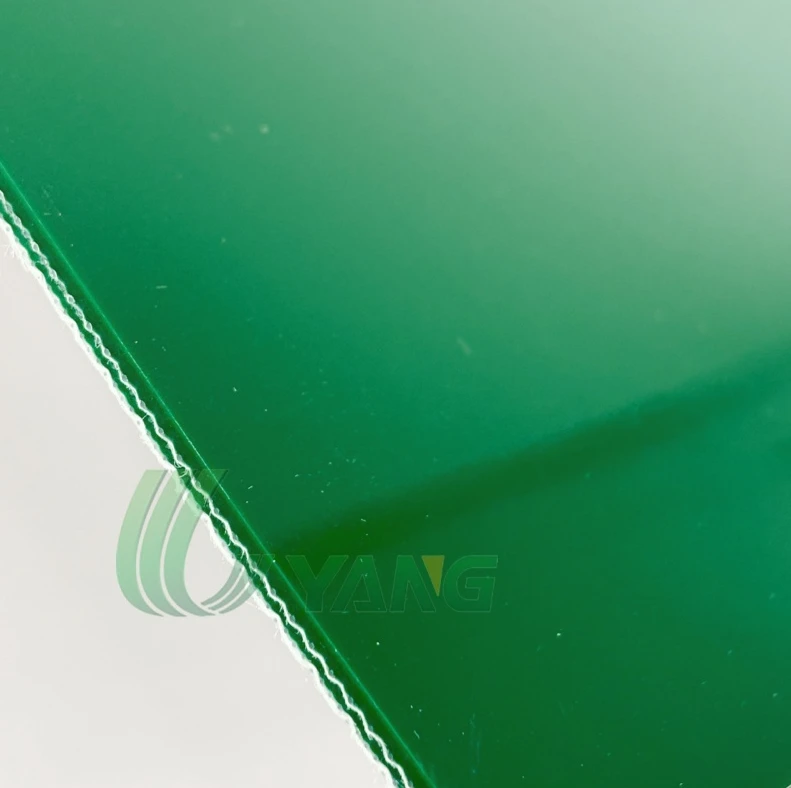
Why Choose Green Smooth PVC Conveyor Belt from UYANG BELTING
Uniform Surface for Steady Material Flow
The smooth green surface provides an even platform, making it ideal for products that need gentle handling, such as packaged food or lightweight cartons.
Easy Cleaning and Low Dust Accumulation
Its plain surface is quick to clean, helping plants reduce downtime between shifts. Less dust and residue means better hygiene and less cross-contamination risk.
Reliable Operation in Light-to-Medium Duty Feeding
For operations where stability matters more than grip, this belt is a practical choice. It handles consistent feeding without overcomplicating the setup.
How Does Green Matte PVC Conveyor Belt Benefit Automated Feeding
Anti-Slip Matte Finish for Secure Feeding
The matte surface creates subtle friction, preventing cartons, bags, or trays from sliding off—especially useful in feeding lines with minor inclines.
Durability in Continuous Operations
Factories run long hours, sometimes 24/7. A belt that wears out quickly disrupts schedules. The matte PVC surface is built for longer service, stretching replacement cycles further.
Broad Compatibility with Automated Equipment
Because of its practical texture, it works seamlessly with a wide range of rollers and guiding systems. This makes it a safe choice for mixed-equipment environments.
What Should Businesses Consider When Selecting Conveyor Belts
Matching Belt Design with Feeding Application
Not every belt suits every application. A smooth belt might be fine for bakery trays, but for inclined feeding of seed bags, you’ll want something with a bit more grip.
Balancing Cost and Long-Term Efficiency
A cheaper belt looks attractive up front, but if it fails early, the downtime cost far outweighs savings. Some managers learn this the hard way.
Ensuring Safety and Compliance Standards
In industries like food or pharmaceuticals, compliance with FDA or EU standards isn’t optional. Choosing belts that meet these standards avoids regulatory headaches later.
How Can UYANG BELTING Support Industrial Feeding Automation
Wide Range of Customizable Belt Solutions
UYANG doesn’t just supply “one size fits all” belts. From smooth to matte finishes, they adapt solutions to specific feeding needs.
Expertise in Different Industrial Applications
Having worked with clients in packaging, woodworking, and light manufacturing, the team understands that each sector has its quirks. That experience translates into more practical recommendations.
Reliable Global Supply and After-Sales Service
It’s not only about shipping belts. It’s about answering calls when a factory halfway across the world needs advice on tensioning or cleaning. That reliability keeps customers coming back.
Conclusion
Automated feeding sounds simple—move material from point A to point B. But anyone who has managed a factory line knows it’s where half the headaches come from. Conveyor belts, especially PVC models like those from UYANG BELTING, remove many of those headaches. They keep products flowing, machines fed, and schedules on track.
And the truth is, most operators only notice a conveyor belt when it breaks down. Choosing the right belt in the first place—whether a smooth surface for easy cleaning or a matte texture for secure feeding—means you won’t have to notice it at all. It’ll just work, day after day.
FAQs
Q1: Are PVC conveyor belts suitable for food processing feeding lines?
Yes, many PVC belts are designed with food-safe surfaces. For high-sanitation needs, companies often pair PVC with easy-to-clean designs or choose specialized homogeneous belts.
Q2: How often should conveyor belts be replaced in automated feeding systems?
It depends on the load and operating hours. On average, medium-duty PVC belts last several years if properly maintained. Regular inspection is more important than a fixed timeline.
Q3: Can UYANG BELTING customize belts for unique feeding equipment?
Absolutely. UYANG offers tailored widths, surface textures, and even color coding to match client requirements. Customization is one of their strong points in global projects.

